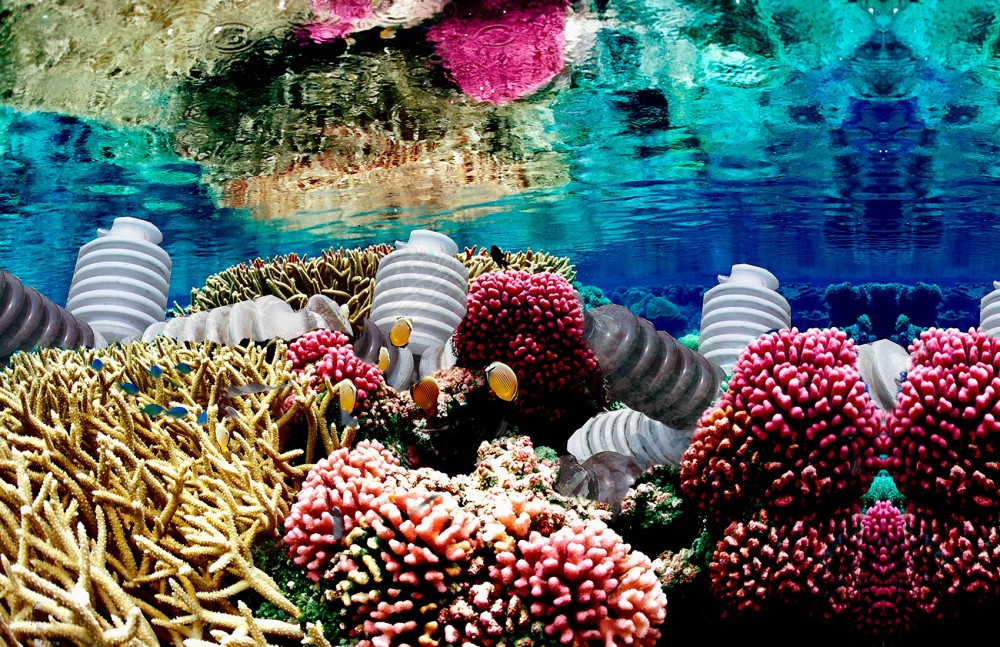What’s an electricity company to do with thousands of discarded insulators? Well build a reef of course! A government-run Electricity Institute from Costa Rica (ICE) is working on a project to create artificial reefs using waste material from the national electrical grid.
ICE’s reef initiative was born two years ago out of research on how to reuse porcelain insulators when they need to be replaced. More than half a million insulators are used along the national electrical grid, and those that get replaced are currently stored in warehouses.
Their plan is to sink a structure made of entirely of discarded porcelain insulators, the cylindrical, accordion-shaped objects used to isolate electrical currents on utility poles and at power stations, into the ocean. Walter Arias Alvarado, ICE’s socio-environmental coordinator for the central region, said the project aims to benefit coral reef ecosystems and provide a reuse for ICE waste materials that would otherwise be stored or discarded.
The old insulators will be fastened together in smaller circular modules which can easily connect to other modules to create a larger structure underwater. ICE will initially build a single module to study its evolution in the ocean before considering an expansion of the project, Arias said.

The first module is a circular structure 6 meters (19 feet) in diameter and 1.3 m (4 ft.) tall that will be sunk in the Playa Hermosa bay in Guanacaste Costa Rica at a depth of 28 m (92 ft.). A team of ICE divers who work at hydroelectric dams will be responsible for sinking and anchoring the structure to the bottom of the sea.
Marine biologists from ICE, the Environment Ministry (MINAE) and the local group Playa Hermosa Artificial Reef Project, which began building artificial “fish condos” in the bay in 2010, will monitor the structure during six months to evaluate how well coral reproduces and whether and how other marine species adopt the reef, Arias said.
ICE specialists began with laboratory tests in which they kept the insulators inside salt water chambers for periods as long as 350 hours to see how the material would behave under the sea and to rule out leaks of any polluting material. The insulators were then evaluated under MINAE protocols to certify that they’re free of any hazardous material. “Results from both tests were negative in pollutants that might affect the environment,” Arias said.
Arias said data collected about the reef during the first six months will be published in a scientific paper and also used to decide whether to expand the project. Still, he noted, ICE’s main goal is to find an environmentally-friendly solution to waste disposal from the electricity sector.
ICE has been in contact with tourism businesses in Playa Hermosa and Arias said they’ve mostly been receptive to the plan. The bay’s artificial reefs could attract tourists interested in diving and some have suggested creating “reef trails” for diving tours,



